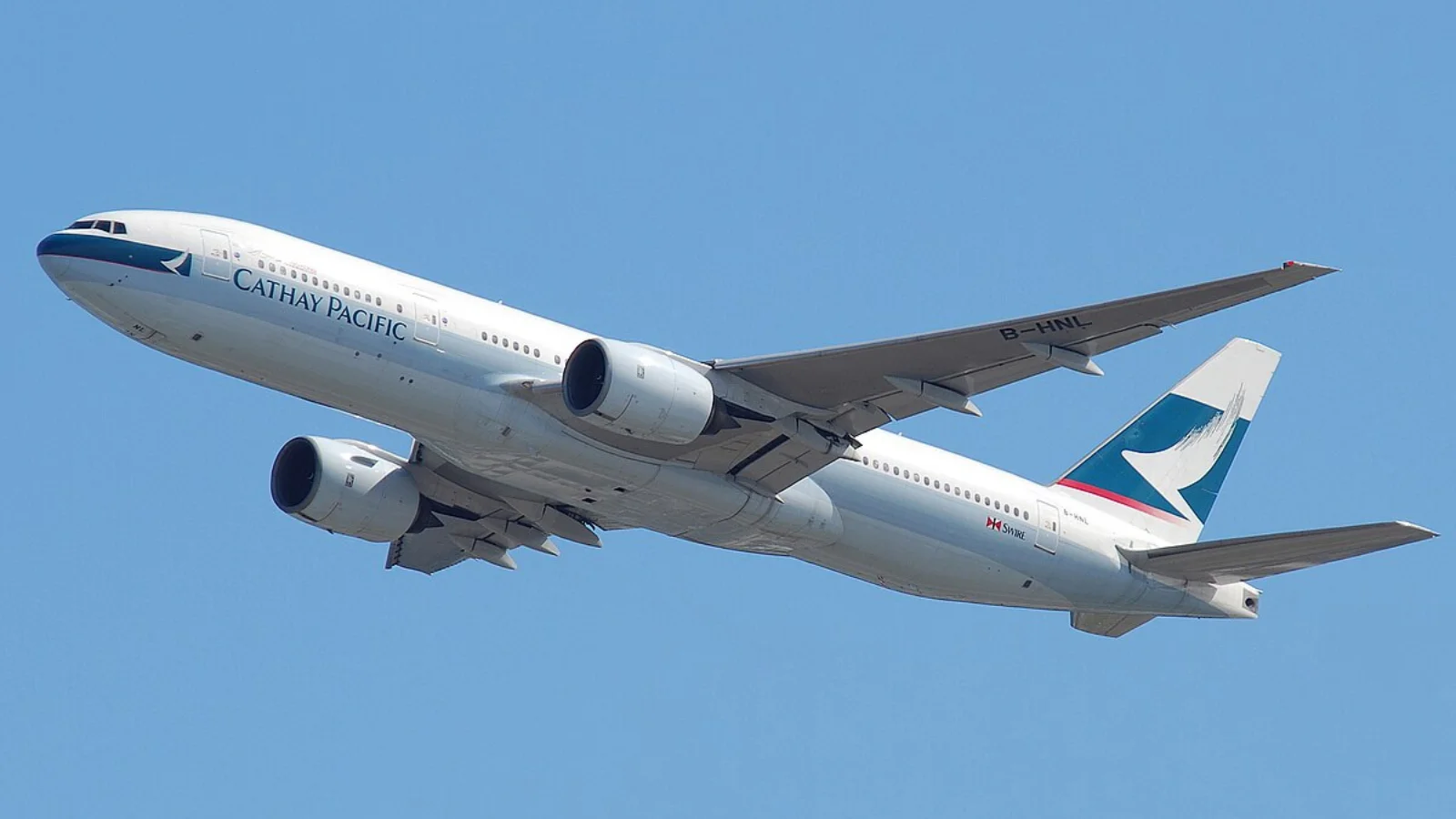Singapore Airlines utilizes an Ultra Long Range version of the A350-900 (A350-900ULR) for nonstop flights between Singapore and New York—one of the world’s longest commercial routes at about 9,700 nautical miles (17,964 kilometers). This variant carries fewer passengers but can remain airborne for nearly a full day without refueling.
Airbus has also proposed an A350-1000ULR concept aimed at airlines seeking even more endurance while increasing seating capacity compared to current ultra-long-range models.
Emirates continues to favor the Boeing 777-300ER due to its compatibility with Dubai International Airport’s infrastructure and its performance in hot weather conditions typical of Dubai summers. The airline benefits from operational commonality across its fleet of approximately 140 units, streamlining training and maintenance processes while maintaining high dispatch reliability rates averaging around 99%.
Despite these advantages, many airlines recognize that new A350s consume less fuel than older widebodies like the -300ER. Still, financial considerations related to replacing existing aircraft often outweigh potential savings until next-generation models become available.
Since entering service in 2004, nearly 900 Boeing 777-300ERs have been delivered out of roughly fifty customers worldwide. The model enjoyed strong sales until production ended in recent years as competition increased from Airbus’s newer designs. Since certification in 2014 for the A350-900—and later for larger variants—the A350 family has accumulated almost 700 deliveries with orders approaching the combined total achieved by all variants of Boeing’s long-haul twinjets.
Used examples of both types remain valuable assets: second-hand Boeing 777-300ERs are popular among cargo operators and charter carriers due to their capacity; meanwhile early indications suggest pre-owned A350s are being well received as they enter secondary markets.
Looking ahead, Boeing plans to introduce the new-generation 777X series designed as successors to current models like the -300ER (https://simpleflying.com/boeing-announces-another-delay-to-the-boeing-777x/). The upcoming jets will feature larger cabins with higher humidity levels and lower cabin altitude for passenger comfort along with industry-first folding wingtips made from composite materials. They are expected to offer greater efficiency while accommodating more passengers than comparable Airbus models.
However, development delays have slowed entry into service for these new aircraft—giving Airbus additional time to strengthen its position in long-haul markets before facing renewed competition from updated Boeing designs.
As both manufacturers continue refining their offerings amid changing airline requirements and evolving technology standards within aviation manufacturing (https://simpleflying.com/airbus-a350-vs-boeing-787-dreamliner/), airlines must weigh factors such as range capability versus operational cost when choosing between established workhorses like the Boeing 777-300ER or newer alternatives such as various configurations within Airbus's expanding A350 family.
 Alerts Sign-up
Alerts Sign-up




































